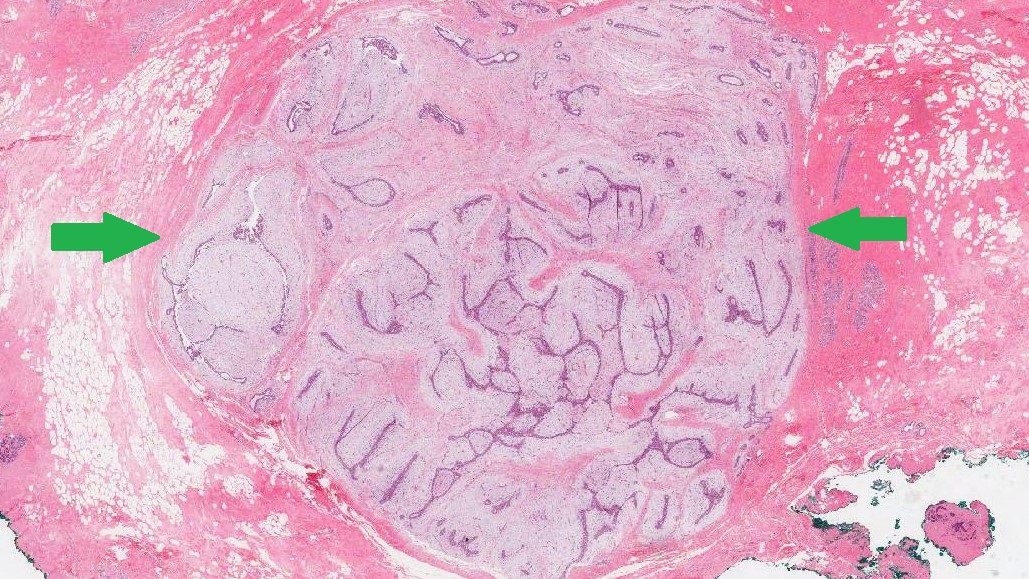A benign neoplasm is a medical term used to describe a non-cancerous tumor. The word “neoplasm” means a new growth of cells, and “benign” indicates that this growth is not cancerous. Benign neoplasms can develop in any part of the body, and their specific characteristics depend on the type of cells they contain. Unlike cancerous tumors, benign neoplasms do not invade nearby tissues or spread to other areas of the body. However, they can grow larger over time and may cause symptoms or health problems if they press against surrounding organs or tissues.
Is a benign neoplasm a type of cancer?
No, a benign neoplasm is not a type of cancer. Cancerous tumors, also known as malignant neoplasms, can invade surrounding tissues and spread to other parts of the body through blood vessels or lymphatic channels. In contrast, benign neoplasms grow only at their original site and do not spread elsewhere. This fundamental difference is why benign neoplasms are not classified as cancer.
Does a benign neoplasm need to be removed?
Not all benign neoplasms need to be removed. The decision depends on several factors, including the tumor’s size, location, growth rate, and whether it is causing symptoms such as pain or discomfort. If the tumor is small and slow-growing and not causing symptoms, doctors may recommend simply monitoring it with regular check-ups. However, removal is usually recommended if the tumor grows rapidly, is causing significant discomfort, or could damage nearby organs or tissues.
Can a benign neoplasm turn into cancer over time?
While most benign neoplasms remain non-cancerous throughout a person’s life, certain types have a risk of becoming cancerous over time. For example, some colon polyps (adenomas) can gradually transform into colon cancer, and certain types of benign breast tumors can increase the risk of breast cancer. Because of this risk, your doctor may recommend regular monitoring or preventative removal of these particular benign neoplasms.
What are the most common types of benign neoplasms in adults?
Common types of benign neoplasms in adults include:
- Lipoma: A fatty tumor that commonly develops just under the skin.
- Uterine fibroids: Growths that occur in the uterus and can cause heavy menstrual bleeding or pelvic discomfort.
- Seborrheic keratosis: A skin growth that appears as a brown, black, or pale growth, often on the chest, back, or face.
- Adenoma: Common in the colon, these tumors can sometimes develop in glandular organs like the thyroid or adrenal glands.
- Hemangioma: A cluster of blood vessels forming a benign growth, typically appearing on the skin or liver.
What are the most common types of benign neoplasms in kids?
In children, common types of benign neoplasms include:
- Hemangioma: Often seen in infants, these appear as bright red birthmarks and usually resolve over time.
- Juvenile pilocytic astrocytoma: A benign brain tumor that usually occurs in children and adolescents.
- Lipoma: Fatty tissue tumors, similar to adults, though less common in children.
- Osteochondroma: A common benign bone tumor that grows near growth plates in children and adolescents.
Your doctor will guide you on the most appropriate management and monitoring strategy for any benign neoplasm based on its type, size, location, and your personal health situation.




